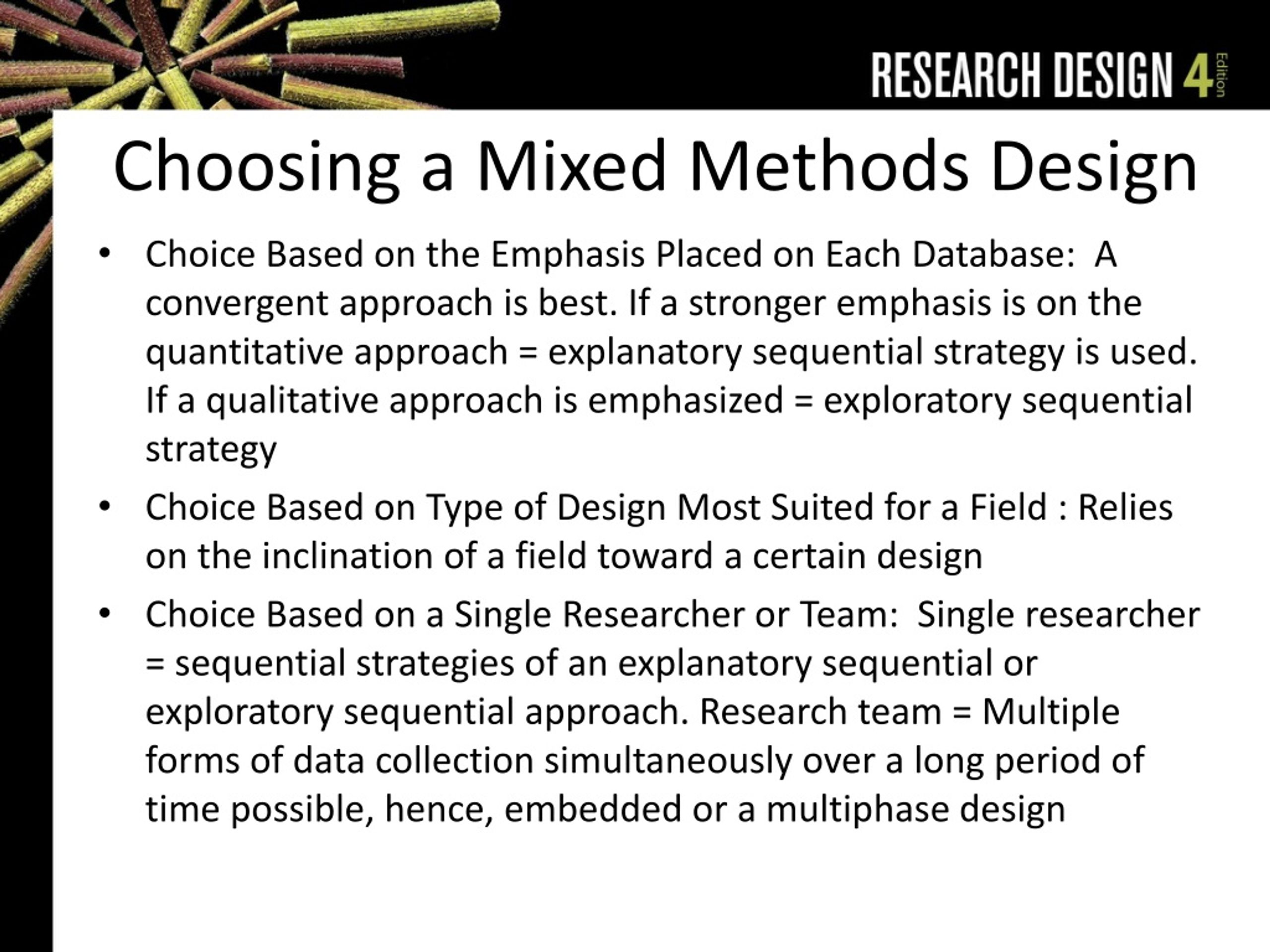Table Of Content

In all cases, the mixing of methods, methodologies, and/or paradigms will help answer the research questions and make improvements over a more basic study design. An example of mixed methods research is a study that combines quantitative and qualitative data. This type of research uses surveys, interviews, and observations to collect data from multiple sources. The results of the present study showed the validity of 93%, 90%, and 100%, respecting the guideline’s applicability, scientific, and importance, respectively.
Criteria for Good Qualitative Research: A Comprehensive Review
Another limitation of the present study was the lack of consideration of the patient’s voice and cultural factors. Between May 2022 and July 2023, when recruitment ended, the Miracle Friends program referred 1087 unhoused individuals to the study team and 760 enrolled in the study. 3, among those who enrolled, 256 were randomized to Miracle Friends only, 267 were randomized to Miracle Money, and 233 were randomized to the Miracle Friends waitlist control group.
Data availability statement
Additionally, mixed methods research is useful when there are conflicting or differing results in different studies. By combining both quantitative and qualitative data, mixed methods research can offer insights into why those differences exist. By blending both quantitative and qualitative data, mixed methods research allows for a more thorough exploration of a research question.
(PDF) Racial disparities in cancer genetic counseling encounters: study protocol for investigating patient-genetic ... - ResearchGate
(PDF) Racial disparities in cancer genetic counseling encounters: study protocol for investigating patient-genetic ....
Posted: Fri, 24 Nov 2023 08:00:00 GMT [source]
Explanatory sequential design

Although many of these cities have large homeless populations [39], few basic income programs have been designed for PEH [40]. Some of the measures for the current study were borrowed from an ongoing randomized controlled trial of a 12-month program providing unconditional cash transfers to unhoused people living Colorado known as the Denver Basic Income Project [41, 42]. We requested redemption data from all 89 State agencies for April 2020 to September 2022 and utilized descriptive statistics, interrupted time series analysis (ITS), and generalized linear regression analysis. Additionally, we recruited State agencies, local agencies, and caregivers across the U.S. for interviews and used rapid qualitative analysis to find emerging themes anchored in policy evaluation and implementation science frameworks. This refers to the ways in which qualitative and quantitative research activities are brought together to achieve greater insight.
Quantitative data collection procedures
The distribution of the form of capital that is specific to the field serves as a principle of hierarchization in the field, differentiating those that hold more capital from those that hold less. This principle allows us to make a distinction between, respectively, the dominant and dominated factions in a field. However, in mature fields all agents—dominant and dominated—share an understanding of what is at stake in the field and tend to accept its principle of hierarchization.
Access this chapter
By collecting and analyzing both quantitative and qualitative data in the same study, you can draw more meaningful conclusions. Mixed methods research is a popular method for researching today, allowing for a deeper exploration of a research question by utilizing a blend of qualitative and quantitative data. The participants were 21 obstetric triage personnel and the key informants, including emergency medicine specialists, clients, gynecologists, and reproductive health specialists. The average work experience of obstetric triage personnel was 13.6 years (work experience of 3 to 28 years).
Sample Mixed Methods Research Study
We also conducted a sub-analysis to identify implementation challenges among local agencies with high racial diversity identified as those with greater proportions of Black, Indigenous, and people of color (BIPOC) participants compared to the national racial and ethnic distribution (27). One of these must surely be the data-theoretical elements that different methods incorporate. The problematization of data has become all the more pressing now that the debate about the consequences of “big data” for social scientific practices has become prominent (Savage and Burrows 2007; Levallois et al. 2013; Burrows and Savage 2014). Whereas MMR emphasizes the dichotomy between qualitative and quantitative data, a historical analysis of the production and use of methods can explore the more subtle, different interpretations and enactments of the “same” data. These differences inform method construction, controversies surrounding methods and, hence, opportunities for combining methods.
2 Data collection
Differences in these descriptive characteristics among State agencies were assessed using t-tests and Fisher’s exact tests. A naive approach juxtaposed the average redemption rates before and after each policy change using data from April 2020 to September 2022. An interrupted time series (ITS) analysis using data from April 2020 to September 2021 was employed to examine the influence of the change to $35/child/month on CVB redemption rates. The ITS was limited to $35/child/month due to the nature of the administrative data and the two policies. Only for the $35/child/month did the change in policy represent an increase in CVB for all households. For the second policy change, CVB benefits further increased for pregnant and breastfeeding participants but declined to $24/child/month for children.
Techniques for integrating data in mixed method studies
Combining methods in social scientific research has recently gained momentum through a research strand called Mixed Methods Research (MMR). This approach, which explicitly aims to offer a framework for combining methods, has rapidly spread through the social and behavioural sciences, and this article offers an analysis of the approach from a field theoretical perspective. We then delve deeper into some of the specific elements that constitute the MMR approach, and we engage critically with the assumptions that underlay this particular conception of using multiple methods.
However, Bourdieu notes that sometimes agents with a relatively marginal position in the field will engage in a “flight forward” and pursue higher risk strategies. We recommend adding to Teddlie and Tashakkori’s typology a sixth design type, specifically, a “hybrid” design type to include complex combinations of two or more of the other design types. In the case of an analytical point of integration, a first analytical stage of a qualitative component is followed by a second analytical stage, in which the topics identified in the first analytical stage are quantitized. The results of the qualitative component ultimately, and before writing down the results of the analytical phase as a whole, become quantitative; qualitizing also is a possible strategy, which would be the converse of this.
Prolonged waiting time results in leaving patients without examination, delayed delivery of necessary care and treatment, patient dissatisfaction, and increased mortality and morbidity [19, 20]. On the other hand, reducing the waiting time decreases the duration of hospital stay, lowers the treatment cost, and saves hospital resources [21]. However, there are some challenges due to the lack of clinical perspective during the telephone call and the lack of specific diagnostic information [10].












